How Multiple Livestock Species Can be Used to Benefit Your Ranch
Adaptive grazing with more than one species of livestock can multiply regenerative benefits, shape your landscape and add income to your operation.
When producers are asked why they raise cattle, their answer is almost always along the lines of “our livestock enterprise contributes to the profitability of the ranch.” Yes, livestock should always be profitable, but some producers also see livestock grazing as an essential tool that is shaping the landscape and regenerating the soil on their ranch.
The tool of adaptive grazing uses higher livestock densities for short durations between long periods of rest to allow complete plant recovery and soil improvement. It is not prescriptive, but rather allows for changes in animal densities and pasture design in response to how the land and livestock respond. Adaptive grazing also can include using grazing multiple livestock species together on a ranch to reap even more benefits.
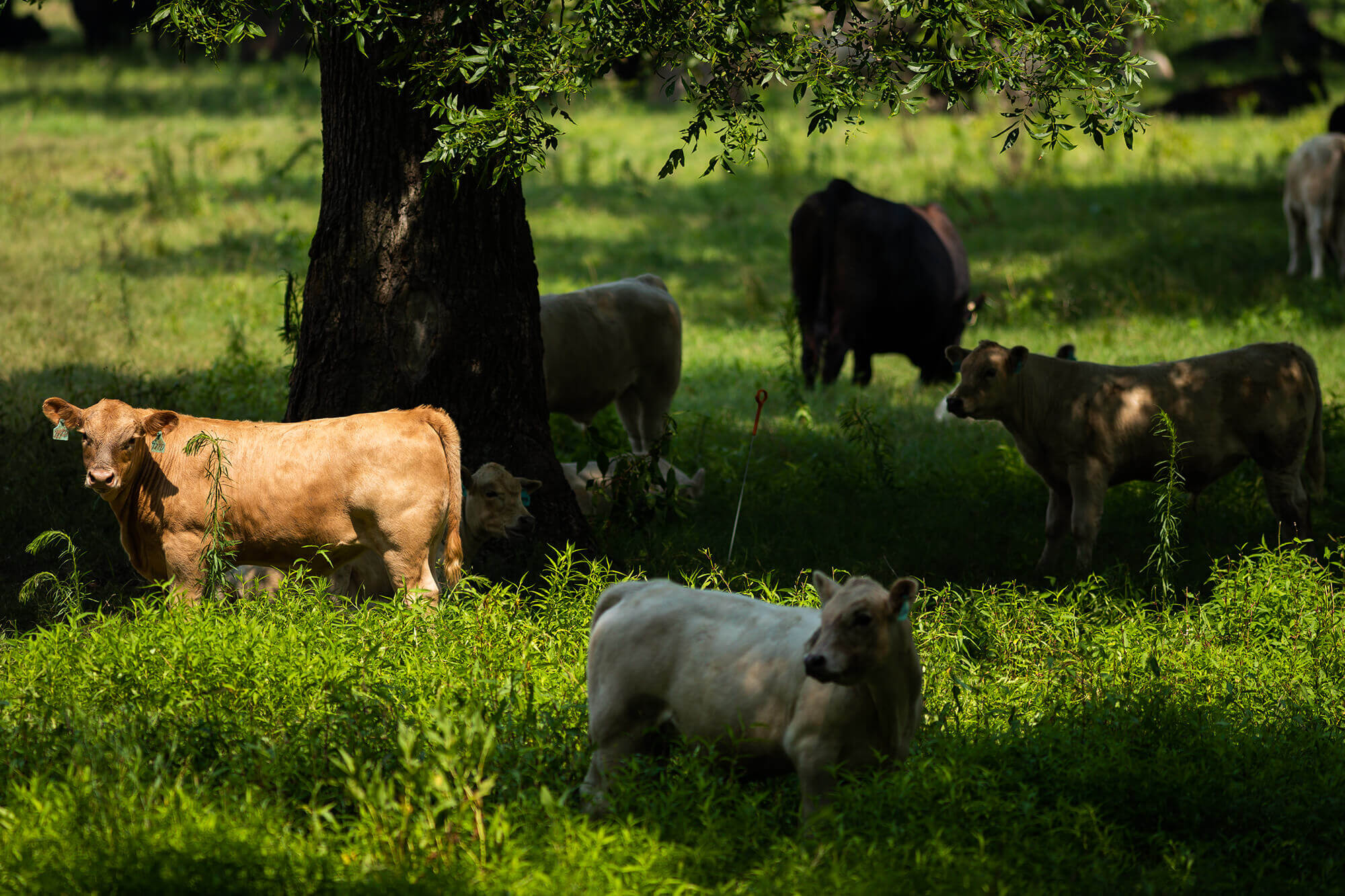
The objective of adaptive grazing
The objective of adaptive grazing is to mimic grazing patterns of bison and elk (yes… both species occurred simultaneously) that once roamed large portions of the Great Plains but have since been removed. This type of grazing leads to the benefits of accelerated plant growth; improved carbon capture and water infiltration; higher quality forage and more. The resulting plant communities are more responsive to future grazing events and more resilient to other factors that affect ecosystem stability, such as drought.
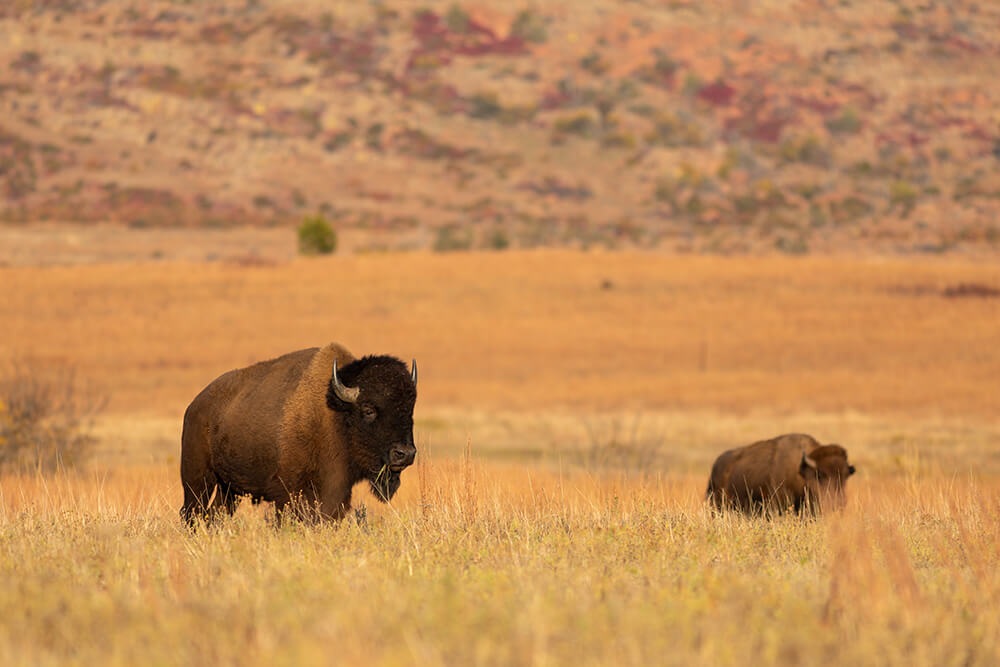
How and what different species graze
Using multiple species for grazing, such as cattle, sheep, goats, pigs and poultry, allows for greater utilization of forages, improves soil health, increases biodiversity, improves wildlife habitat and creates opportunity for additional enterprises, profitability and risk mitigation.
Grasses, forbs and woody plants are all forages that can be grazed by livestock. When using adaptive grazing, many producers find that any one species of livestock will consume a wide variety of plants, but, in general, the diets of cattle, sheep, goats, pigs and poultry do differ, and together, they use more of the total forage available. Let’s just compare three ruminants.
- Cattle are grazers who eat mainly grasses, but they will consume some forbs and browse (leaves, young shoots and twigs of woody plants), because the latter two are generally higher in forage quality (i.e., protein and energy) and have some medicinal qualities.
- Sheep consume a greater proportion of forbs and browse compared to cattle, but this also depends on their environment. While cattle bite off large portions of a plant or plants by wrapping their tongue around forage and pulling, sheep bite off and eat select parts of plants. Sheep may only graze the youngest leaf or two and then move to the next plant.
- Goats are browsers who eat a higher proportion of woody plants than most other ruminants. They will consume some forbs, and if they need to, they will eat grasses. Because of this diet, a producer can use goats to turn the liability of brush encroachment into a profitable enterprise.
Cattle, sheep, and goats all have different foraging behaviors and preferences, but they may have a little bit of dietary overlap at times. For a grazier, such dietary overlap means animals will be competing for available forage. Dietary overlap will differ seasonally, with the greatest overlap occurring during the winter months (dormant season) when plant abundance and diversity are reduced.
When multiple livestock species live on a single ranch, the fact that they have different behaviors, different preferences and some dietary overlap sets the stage for increased plant and soil microbial biodiversity. Both of those outcomes are key to improving soil health.
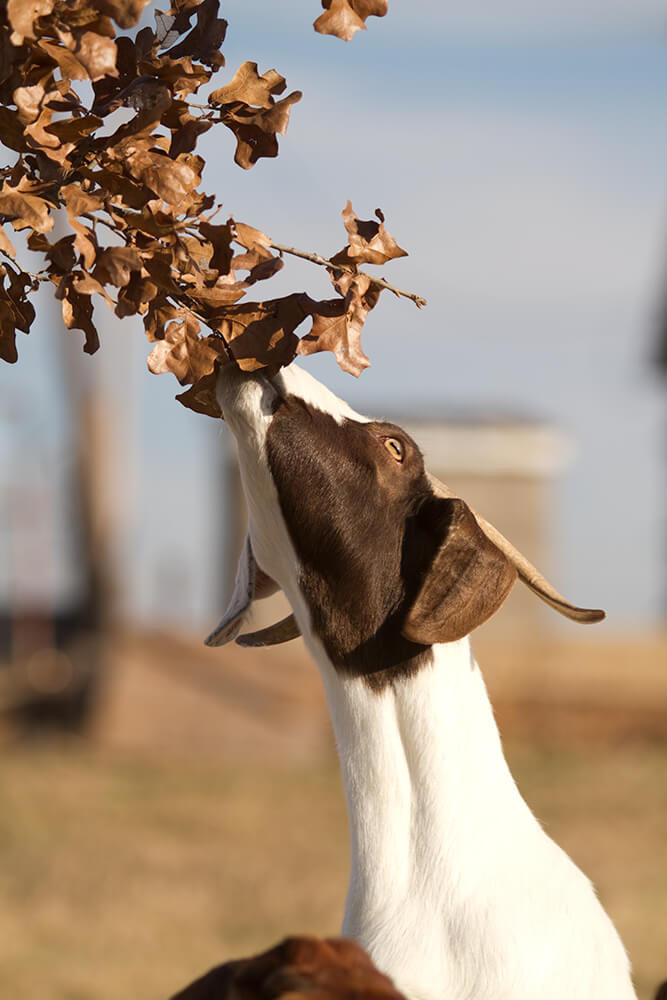
Managing behaviors with grazing strategies
Grazing strategies can be adapted to change animal behaviors in order to achieve the desired impact on the land. Producers can use intensity, fencing and placement of water and mineral to alter behaviors.
- Intensity refers to the density of animals in a pasture/paddock that is grazed. The higher the density, the more competitive and the less selective an animal can be when grazing. This strategy encourages animals to eat what is available, even if it isn’t preferred.
- Temporary fencing can be used to strategically place animals where greater intensity (or trample) is desired, or instead restrict access to areas of a pasture/paddock that need more rest. Paddock design, including shape and orientation, will affect grazing behavior. For example, pinch points in a paddock’s design can be used to facilitate more hoof action in a particular area.
- Water and mineral placements are also powerful tools to help manage animal distribution. These locations will almost always receive proportionally higher impact. Water and mineral sources can be strategically placed in a pasture/paddock to draw animals into areas that would normally have minimal to no impact, such as brushy areas or areas avoided due to topography.

Challenges of Multi-Species Grazing
Grazing different species of livestock in an operation does come with some challenges. The largest challenge is how infrastructure needs differ.
- Sheep and goats, including their lambs and kids, need to be able to access water, and they need different solutions for water than cattle. As animals that are smaller in stature, they need their own waterers that are easy to reach and use.
- Fencing is another challenge. Electric fence is a psychological barrier for livestock. With cattle, one strand will do the job. Although you can keep sheep and goats behind a single strand of temporary electric fence, sometimes you will need multiple strands. Goats in particular take more risks and may test the fence. One alternative for small ruminants is using a physical barrier like field fence or woven wire. However, this option is more costly and less adaptable when sectioning off pasture areas.
- Predation is another concern when grazing small ruminants, so the use of guardian animals (e.g., dogs and donkeys) to protect such livestock from coyotes, wolves, feral swine and other predators is recommended. Plans and staffing will need to include feeding and care of the guardian animals.
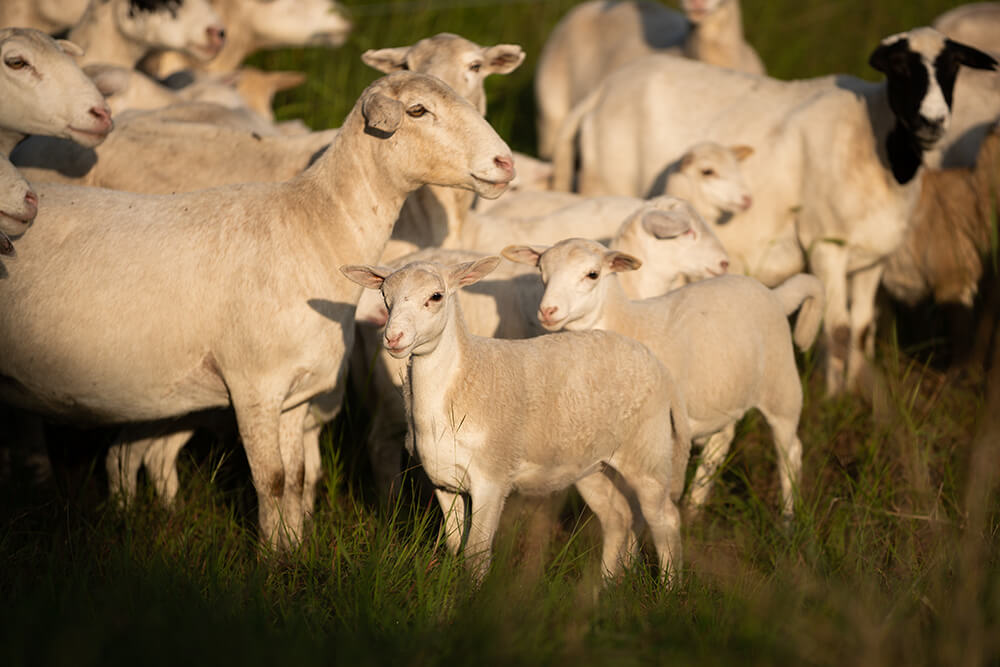
Producers would do well to consider the benefits of having multiple livestock enterprises. Using the complementary grazing behaviors of multiple species can reduce the risk associated with a single enterprise and increase overall profitability. In addition, producers gain greater flexibility and the ability to use income-producing livestock to improve their soil and shape the landscape they want while reducing or even eliminating costly inputs.

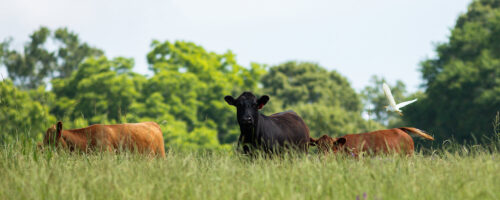
Comment
Leave a Reply
1 comment on: "How Multiple Livestock Species Can be Used to Benefit Your Ranch""
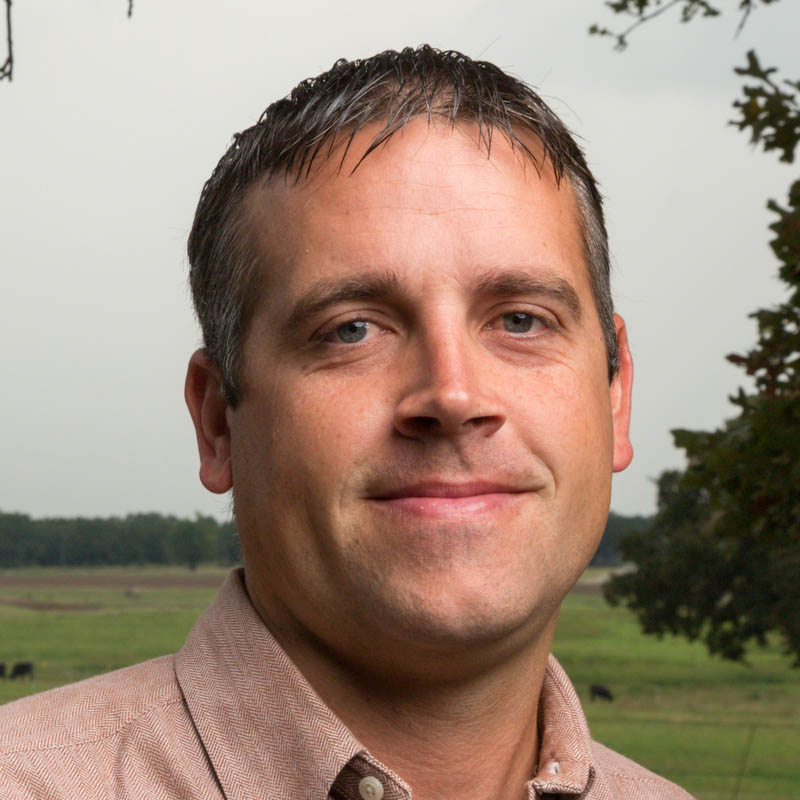
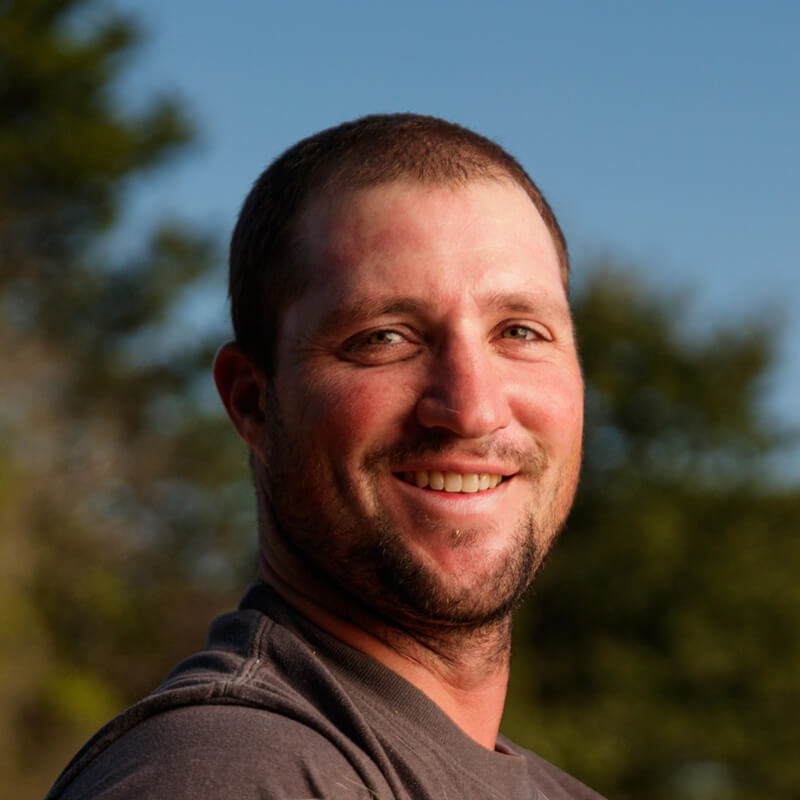
Heather
August 27, 2023I would like to know how you address the differences in mineral needs in multi-species grazing?